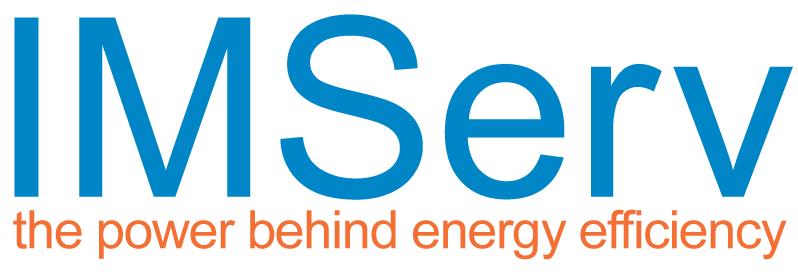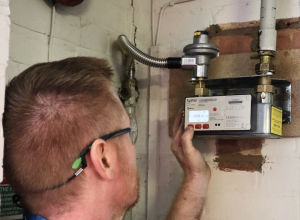There’s no doubt that things are changing in the energy market. There has been a continuation of market changes, as well as uncertainty following the EU referendum. With 2017 ticking away, here we look ahead at what may be in store for the energy market for the next 12 months and beyond.
Paul Akrill, Business Development Director at IMServ, one of the UK’s largest independent energy data management providers, thinks that 2017 may be one of the most exciting years in the energy market and discusses what he believes will disrupt the market this year and moving into 2018.
“The concepts that underpin the energy market have remained unchanged for the last 100 years or so,” commented Paul. “We are seeing a fundamental shift from a centrally provided and controlled operating model where generators produce energy and consumers use it, to a much more flexible and dynamic model that will see massive change and innovation in the next 10 years. Business users are becoming increasingly savvy when it comes to their energy usage and their role within the energy market. We have increasingly seen that they are not solely the end users any more, but also are taking a greater role in the capacity market and supplying energy back to the national grid.”
He continues, “The energy market is undergoing unprecedented levels of change and we will see that continue for some time to come. There have been new services entering the market, new ways of generating power, new business models, and this is just the start.”
Paul believes that these are the main factors to disrupt the energy marketing over the coming years:
- Tariffs will become more innovative – The implementation of mandatory half-hourly settlement to a new segment of the business market brings savings for larger businesses through more accurate settlement. As businesses get a better handle on their energy usage, energy suppliers will start adjusting their tariffs to align with this type of measurement. “Peak” and “Off-Peak” will become much more granular in nature and allow businesses to balance their usage against working hours and energy cost. The industry is working on removing the barriers to half-hourly settlement to be cost effective for even smaller sites and is considering whether it should be mandatory for all sites in time.
- Homes and businesses will become more connected – As the technology for connected smart buildings and homes improves, it becomes more available and accessible to everyone. Smart metering rollout, demand side response, lower cost control technology and energy storage are all enabling mechanisms and technologies to make this happen.
- New energy suppliers will enter the market – As the Ofgem Retail Energy Markets in 2016 report highlighted, the big six (British Gas, EDF, E.ON, npower, ScottishPower and SSE), have continued to lose market share to new suppliers entering the market. Although they still dominate this area (with their market share an average of 86% of the domestic market, and 68% of the non-domestic market), there is every reason to think that this trend will continue. New innovative suppliers are entering the market, bringing demand-side response, digital service models, half-hourly settlement, greater choice and better tariffs to the end-user.
- The capacity market and services around it will continue to grow – Launched in 2014, the Capacity Market is one of the main mechanisms used to ensure that electricity remains available during times of high demand, such as on cold winter evenings. It has presented a commercial opportunity for businesses by allowing them to receive revenue for a commitment to reduce their power demands from the grid during times of system stress.
- Faster switching – The industry is committed to improving supplier switching for both domestic and business customers making it reliable, faster and cost-effective. Whilst full delivery of such a programme is still several years away, the options are getting very detailed and consultation on the proposed design is underway.
“Whilst many of these areas are significant changes when viewed alone, when looked at as a whole, we can see that the energy market of the future will be a very different place to the energy market today. There are more people employed and engaged in changing the industry than ever before, and there isn’t any sign of this slowing down. Smart metering will lead to better engagement across the board, but the technology and services around it are still innovating and this is where the real gems that will change the consumer experience lie. End users should be encouraged to use energy at the right times, and in the right way, to move us all to a more sustainable future.”
Paul Akrill has worked has been at the forefront of the energy market for two decades, working for IMServ in a senior capacity. IMServ provides carbon and energy management solutions, helping organisations of all sizes to save energy, reduce costs and control carbon emissions, working to date with over 275,000 sites in the UK.



